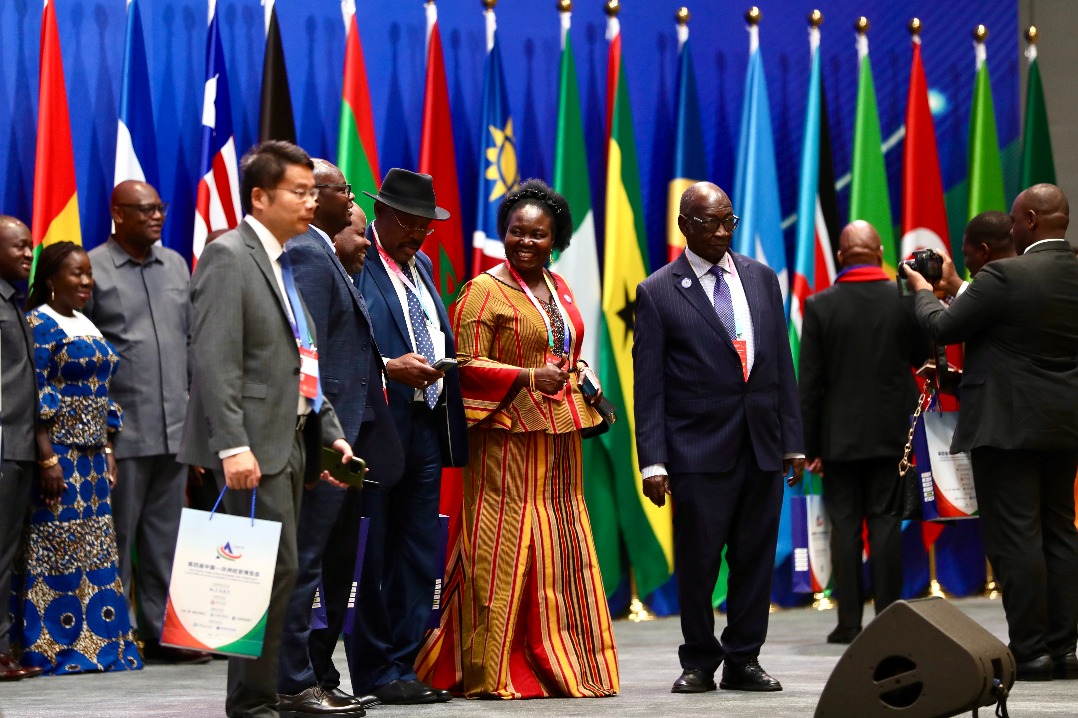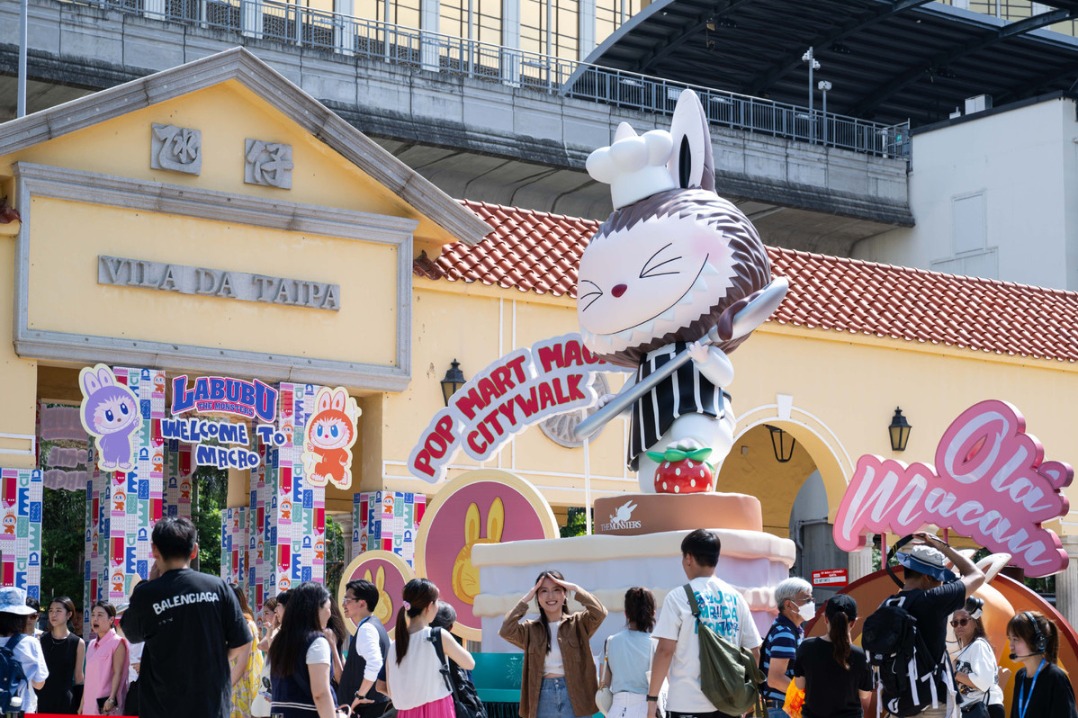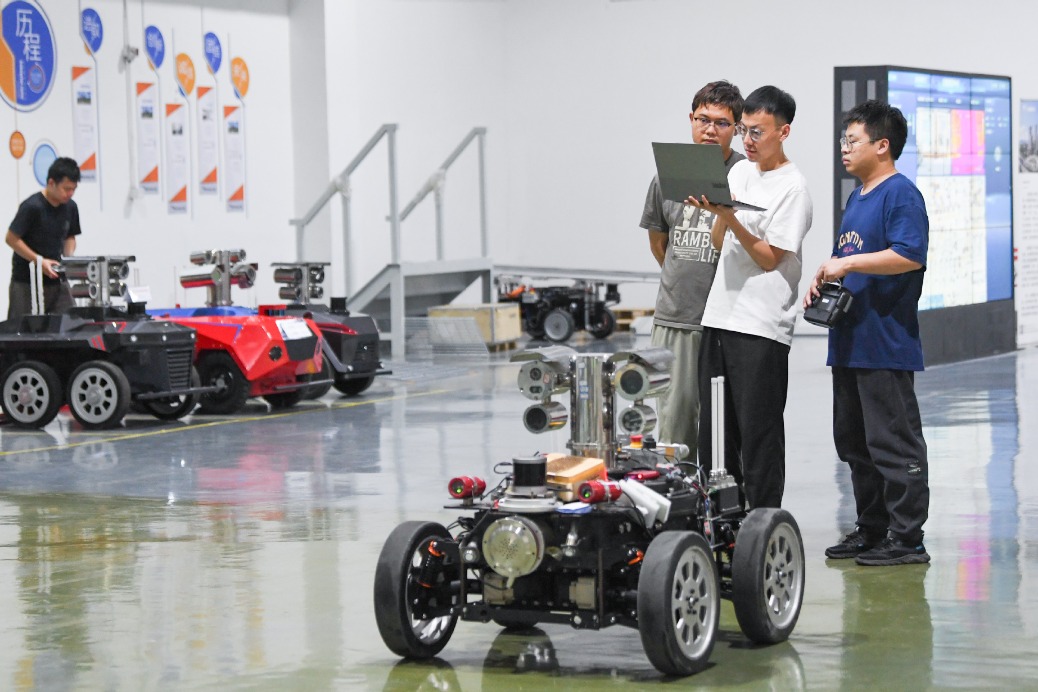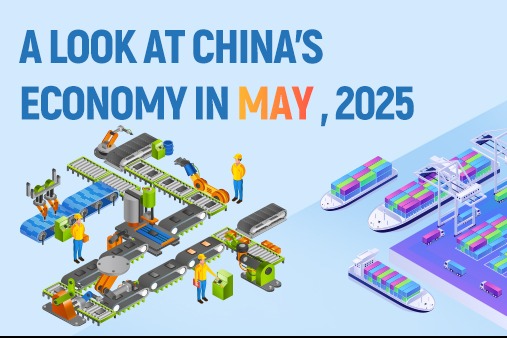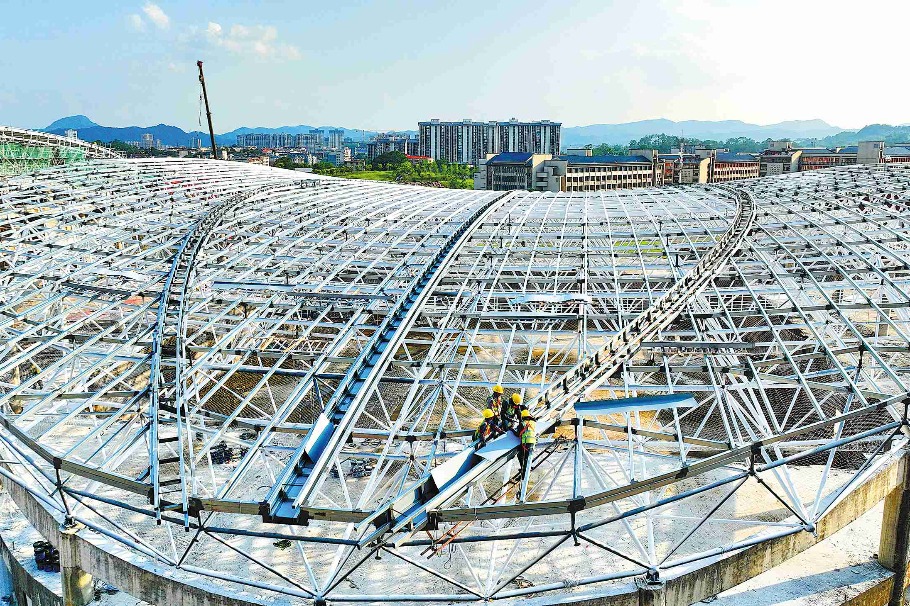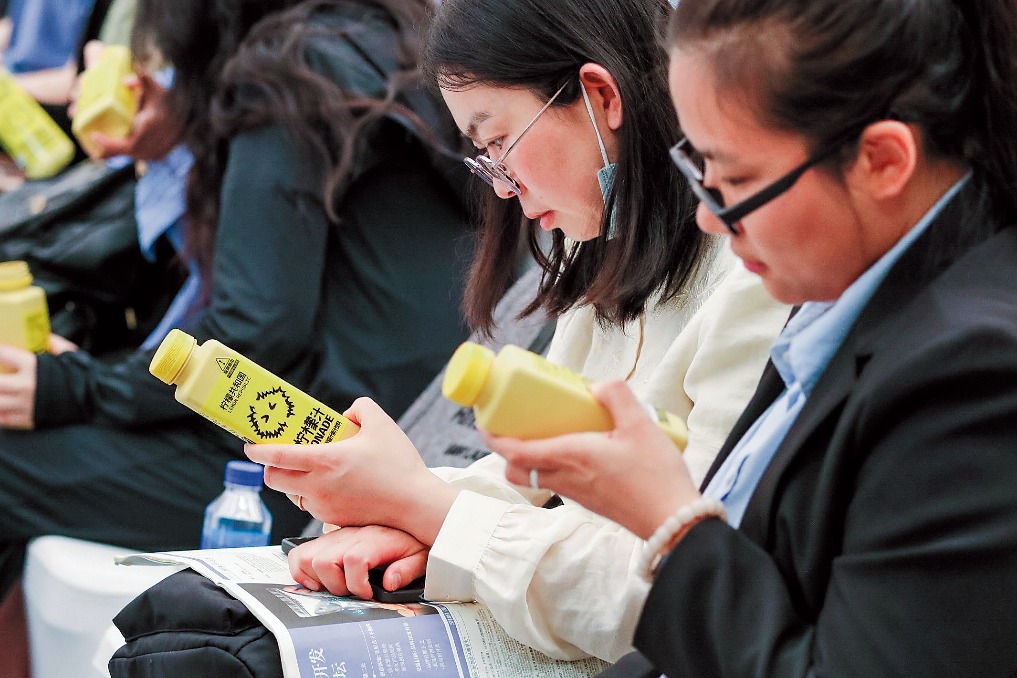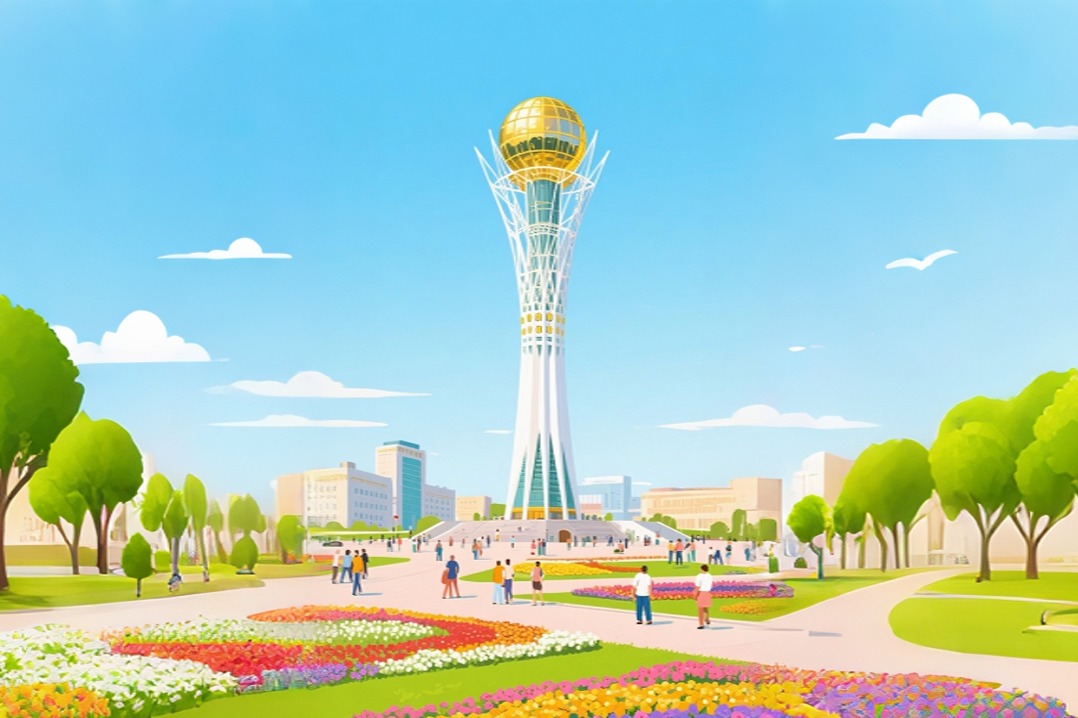Villages Walk 40-Year Path to Wealth

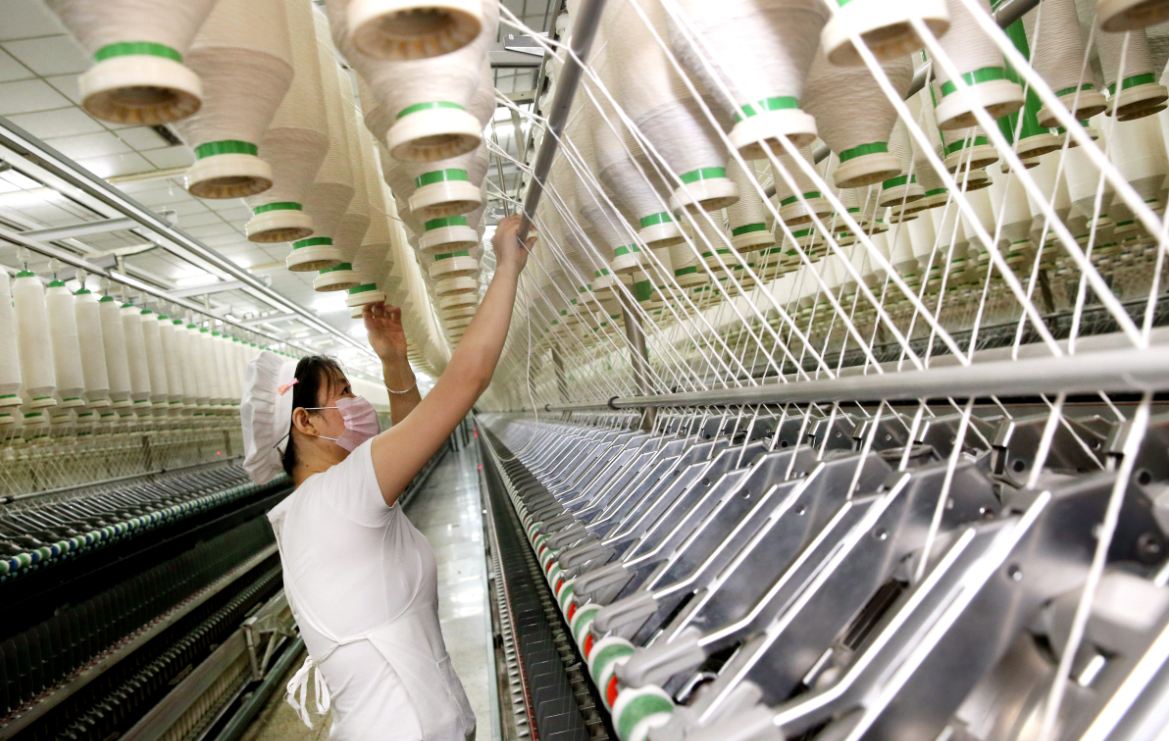
Incomes rise
It is hard to believe that this modern and beautiful community is still called a village. But it is not difficult to understand why Yonglian was chosen as the only Chinese village to feature at the Milan World Expo in 2015, and one of only two from the country to be included in the Shanghai World Expo in 2010.
However, 40 years ago, Yonglian was the poorest, smallest and most isolated river town in Suzhou.
Founded in 1970, and built on 46.6 hectares of reed swamp along the Yangtze, it had just 254 households, or 700 villagers whose average annual income was 68 yuan in 1978. However, in the same year, Huaxi residents had flush toilets, and the village's development story had been heralded as a success in a lead story on the front page of People's Daily.
Yonglian now covers 12 sq km and is home to 19,000 people, whose average annual income last year was 43,688 yuan, higher than China's urban residents' per capita income of 36,396 yuan and 2.5 times the average rural income in Jiangsu.
Yonglian has become one of the richest villages in Suzhou, ranking top among the 640,000 counties in China in terms of economic achievement, tax payments, ecological environment, legal progress and cultural advancement.
"We were a small, poor village with limited arable land that was flooded every year. So why not try to grow the fishing industry instead of farming?" said Wu Dongcai, who faced opposition when he first raised the idea.
"I took the lead in digging a pond. We worked day and night for months before a meter-deep pond was completed," Wu said. Fish were raised in the pond and then sold.
By the end of 1978, each family had plenty of food, including fish, and in 1979 each villager received a year-end allocation of extra food and necessities.
That year, the term xiaokang (moderately prosperous society), was used by late leader Deng Xiaoping when he met with visiting Japanese prime minister Masayoshi Ohira and detailed the Four Modernizations, part of China's development roadmap and blueprint.
The Four Modernizations were goals set by Deng to strengthen the fields of agriculture, industry, national defense, and science and technology.
On Feb 5, 1983, Deng began an inspection tour of Suzhou, Hangzhou and Shanghai to study the feasibility of xiaokang. Yonglian was one of the three villages cited in a report to Deng for their advanced rural enterprises.
Twenty years later, Yonglian was among the first villages in the country to embrace the xiaokang standard of living. By the end of 1983, it was home to eight plants producing iron and steel, furniture, cement and pillow covers, with combined assets of 200,000 yuan.
Yonglian's industrial rise emerged from an opportunity to run a steel mill after an outsider arrived in the village to sell a steel rolling machine.
"He was on the point of leaving before I stopped him, because I realized the business opportunity presented by the metal, driven by villagers' demand to build bigger and better houses after they became better off," Wu Dongcai said.
On April 1, 1999, when Fei Xiaotong, the anthropologist, made a field study tour of Yonglian, he left with a calligraphy work titled Huaxia Diyi Gangcun (China's No 1 steel-making village).
Last year, sales revenue in Yonglian reached 40.3 billion yuan, generated mainly by its steel business the Yonggang Group, with a 75 percent stake held by the company and the remaining 25 percent owned by all the villagers.
Last year, Yonggang Group ranked 121st on a list of the country's top 500 private businesses by the All-China Federation of Industry and Commerce.
Wu Huifang was a colonel before he left the People's Liberation Army and returned to Yonglian to serve as its Party chief and to help improve living conditions. "Our villagers have become citizens who need education and deserve more civil rights," he said.
He was also behind the idea of building a village hall, which features Western-style architecture with state-of-the-art technology.
The idea of designing the hall came in 2011 when he was sent to California for a training course.
Visits to council venues in Carson, a city in Los Angeles County, impressed him. "Civilization can be learned and exchanged with others," Wu told online outlet The Paper.
He received inspiration from his US visit to build the 5,000-sq-m hall in Yonglian, describing it as "a place that enables grassroots democracy to be more visible and approachable among villagers".


















